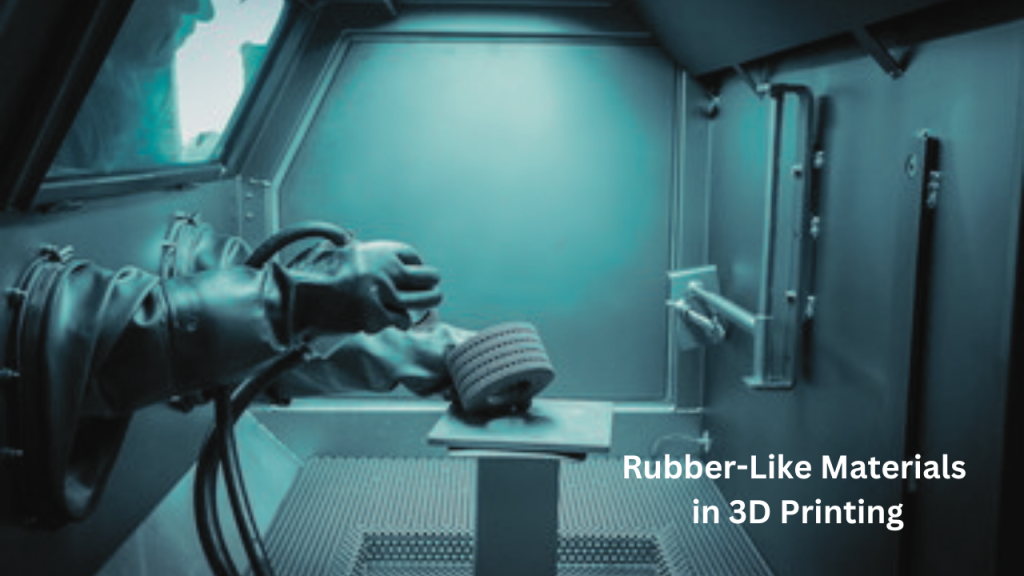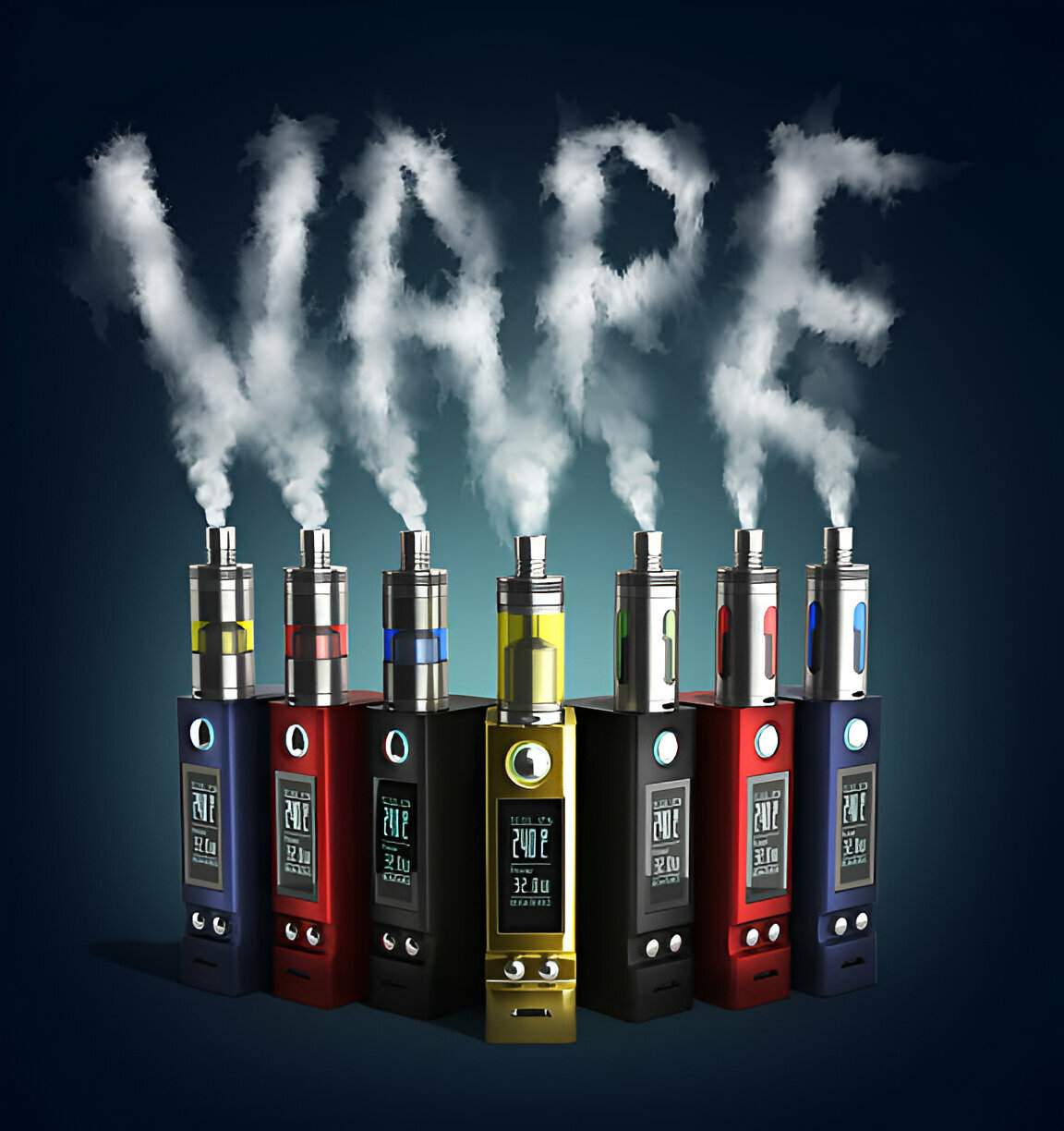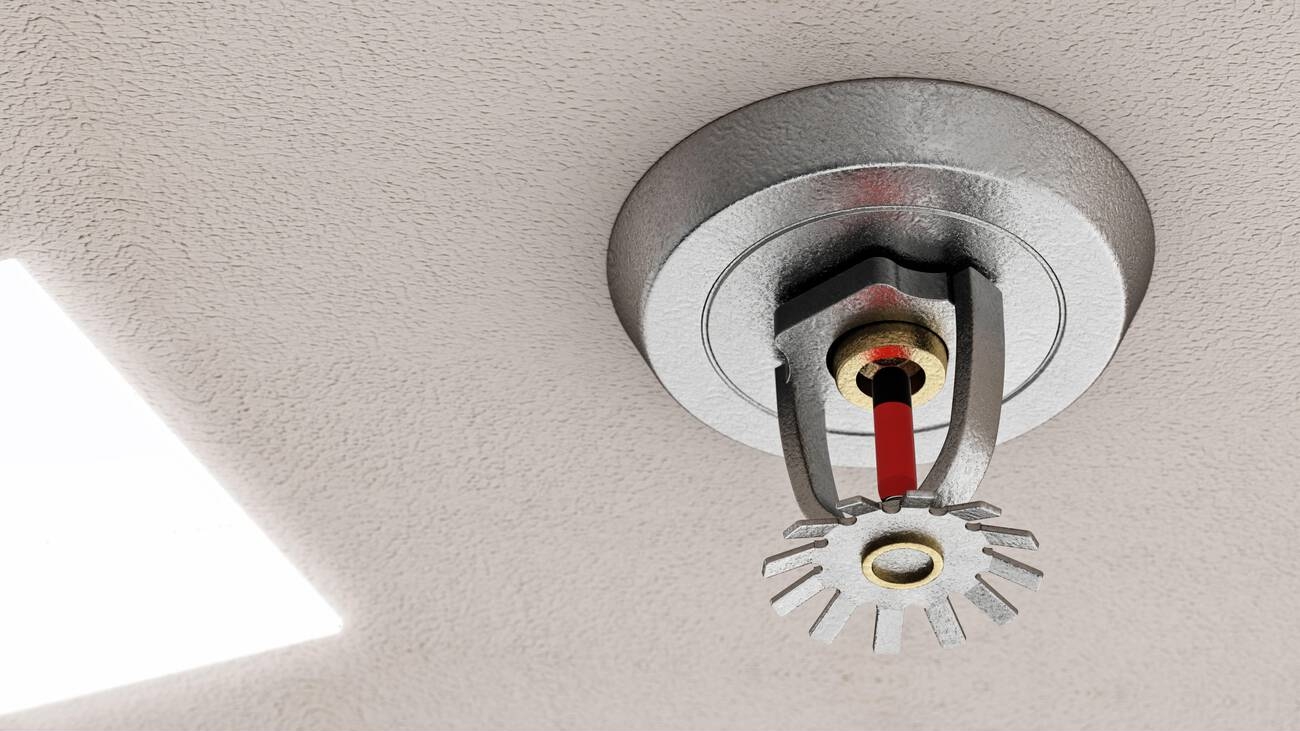If you’re looking to explore the possibilities of rubber-like materials in 3D printing, this post is for you. We’ll dive into the process, material description and capabilities, properties, finish and applications, as well as design recommendations. The Polyjet printing process offers a lead time of 24 hours for rush orders and 2 days for standard orders.
The PhotoPolymer resin used simulates rubbers between Shore 27A and Shore 95A, providing flexibility and soft-touch finishes. Get ready to unlock the potential of rubber-like materials in your 3D prints.
Printing Process: Polyjet
If you want to use rubber-like materials in 3D printing, the Polyjet process is a great option for achieving flexible and soft-touch finishes. PolyJet machines have a unique capability to print with rubber-like materials, using PhotoPolymer resin that simulates rubbers between Shore 27A and Shore 95A. While it doesn’t possess the exact elastomeric properties of traditional rubbers, it offers flexibility and allows for the simulation of soft-touch finishes.
The material properties of Polyjet rubber-like materials include a tensile strength of 0.8 MPa (115 PSI) and an elongation at break of 170%. The finish is smooth with a slight glossy surface, although visible build lines may be present due to the nature of the material. It’s important to note that defects may be more noticeable with high-resolution printing.
When designing with rubber-like materials in mind, there are certain recommendations to consider. The minimum wall thickness should be at least 1 mm, while a recommended gap for fit is a 0.2 mm offset on each wall for enclosures. The maximum part size allowed by PolyJet machines is 610 x 813 x 813 mm (24 x 32 x 32 in), and tolerance should be within +/-0.004 or +/-0.001 per inch, whichever is greater.
Material Description and Capabilities
The rubber-like capability of PolyJet machines allows for the simulation of soft-touch finishes and testing overmolds without seams. With this unique printing capability, you can now achieve the look and feel of rubber materials using a 3D printer.
But can you 3D print rubber? The answer is yes! PolyJet machines use a special PhotoPolymer resin that can simulate rubbers with different hardness levels, ranging from Shore 27A to Shore 95A. However, it’s important to note that these materials do not have the same elastomeric properties as traditional rubbers.
This rubber-like material is perfect for testing overmolds without seams and creating non-slip surfaces. It offers flexibility and can simulate soft-touch finishes, making it suitable for various applications. The material has a smooth finish with a slight glossy surface, although visible build lines may be present due to the nature of the printing process.
When designing with this material, keep in mind that the minimum wall thickness should be at least 1 mm. For enclosures or fittings, it’s recommended to have a 0.2 mm offset on each wall for proper fit. The maximum part size is 24 x 32 x 32 inches (610 x 813 x 813 mm), and a tolerance of +/- 0.004 or +/- 0.001 per inch should be considered.
Material Properties
Can 3D printers print rubber? PolyJet machines have a tensile strength of 0.8 MPa (115 PSI) and an elongation at break of 170%. These material properties play a crucial role in the functionality and performance of rubber-like materials in 3D printing. The tensile strength indicates the maximum amount of stress or force that the material can withstand before breaking, while the elongation at break measures its ability to stretch without fracturing.
With a tensile strength of 0.8 MPa, PolyJet rubber-like materials exhibit sufficient durability for various applications. This property ensures that the printed parts can endure mechanical stresses and strains without compromising their structural integrity. Additionally, the elongation at break value of 170% allows for flexibility and deformation resistance, making these materials ideal for creating non-slip surfaces or watertight seals.
By leveraging these material properties, designers can explore a wide range of applications such as overmolds without seams or soft-touch finishes simulation. However, it is important to note that PolyJet rubber-like materials do not possess exactly the same elastomeric properties as traditional rubbers.
Material Finish and Applications
To achieve a smooth and glossy finish on your rubber 3D printer for printing rubber, adjust the hardness of the rubber material between Shore 27A and Shore 95A. This flexibility allows for customization to meet your specific needs. Here are three key benefits of leveraging rubber-like materials in 3D printing:
Non-slip surfaces
The rubber-like material provides excellent grip, making it ideal for creating non-slip surfaces on handles or grips.
Watertight/dust-proof seals
With its ability to conform and seal tightly, this material is perfect for applications that require protection against water or dust infiltration.
Soft-touch finishes
The unique properties of the rubber-like material allow you to simulate soft-touch textures, enhancing user experience.
In addition to these applications, the finish of the rubber-like material is smooth with a slight glossy surface. However, it’s important to note that visible build lines may be present due to the nature of the printing process.
While high-resolution printing is possible, defects may be more noticeable. Overall, this material offers great versatility and can be used in various industries such as automotive, consumer goods, and medical devices.
Design Recommendations: Wall Thickness and Fit
When designing your parts, keep in mind the recommended minimum wall thickness of 1 mm to ensure structural integrity. This is especially important when leveraging rubber-like materials in 3D printing. Rubber-like materials, such as those used in PolyJet machines, offer flexibility and the ability to simulate soft-touch finishes. However, it is crucial to consider design recommendations for wall thickness and fit.
A minimum wall thickness of 1 mm is necessary to maintain the strength and durability of the printed part. Thinner walls may result in a lack of structural integrity and could lead to deformation or breakage under stress. It is also important to leave a recommended gap for fit, with a 0.2 mm offset on each wall for enclosures. This allows for proper assembly and ensures that the parts will fit together securely.
Additionally, when using rubber-like materials, it is essential to be mindful of the material’s limitations. While these materials can simulate rubbers between Shore 27A and Shore 95A, they do not possess the same elastomeric properties as traditional rubbers. Therefore, it is important to carefully consider the intended application and select appropriate design features accordingly.
Maximum Part Size and Tolerance
If you want to ensure your 3D printing rubber materials parts meet the required specifications, be aware that the maximum part size for this process is 610 x 813 x 813 mm (24 x 32 x 32 in) and a tolerance of +/- 0.004 or +/- 0.001 per inch, whichever is greater.
To achieve accurate and precise results with rubber-like materials in 3D printing, it is crucial to understand the limitations and requirements of the maximum part size and tolerance. Here are three key points to consider:
Size Matters
The maximum part size determines the dimensions within which you can work. Make sure your design fits within the specified measurements to avoid any issues during printing.
Tolerances Count
Tolerance refers to the allowable deviation from the intended dimensions of a part. It is essential to adhere to the specified tolerances to ensure proper fit and functionality of your printed parts.
Attention to Detail
Paying close attention to both size limitations and tolerances will help you achieve accurate and high-quality prints. Carefully review your design files before sending them for printing, ensuring they comply with these requirements.
Internal Cavities and Text Guidelines
Ensure that your design includes embossed text that is at least 1.0 mm thick and visible after printing, while also being mindful of internal cavities due to potential changes in geometry caused by the water-based support material. When designing with rubber-like materials for 3D printing, it is important to consider the impact of internal cavities on the final product.
The water-based support material used in the printing process may swell and change the geometry of these cavities over time. It is therefore discouraged to include internal cavities unless there is a direct line of sight for cleaning out the support material.
Additionally, when incorporating text into your design, certain guidelines should be followed. To ensure legibility after printing, the text should be embossed by at least 1.0 mm. This will allow for clear visibility and readability of the text on the printed object. Furthermore, it is recommended that the thickness of the text be at least 1.5 mm throughout all areas to prevent any weak or fragile sections.
Leveraging Rubber-Like Materials in 3D Printing
By following these design recommendations, you can effectively utilize the unique capabilities of rubber-like materials in 3D printing.
Achieve flexibility
Rubber-Like materials offer the ability to simulate soft-touch finishes and create non-slip surfaces. This allows for the production of functional parts that require a certain level of flexibility and grip.
Seamless overmolds
With its suitability for testing overmolds without seams, rubber-like materials enable designers to prototype complex geometries with ease. This is particularly useful in industries such as automotive and consumer electronics where seamless integration is crucial.
Watertight seals
Leveraging the properties of rubber-like materials, it becomes possible to fabricate parts that are watertight and dust-proof. This makes them ideal for applications where protection against moisture or contaminants is required.
Rubber-like materials provide a unique solution in 3D printing, allowing for the creation of functional prototypes and end-use parts with distinct properties. By understanding their capabilities and following the recommended guidelines, designers can harness the full potential of these materials.
Whether it’s achieving flexibility, seamless overmolds, or watertight seals, rubber-like materials open up new possibilities in various industries. Embrace this technology and unlock innovative designs with enhanced functionality.



